
CALORIE SMART

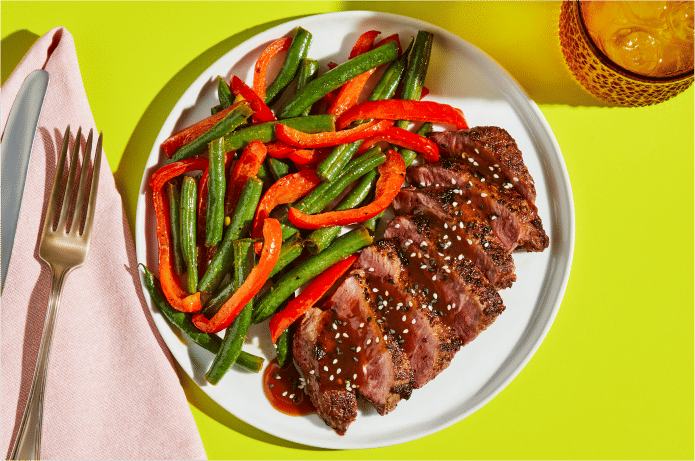
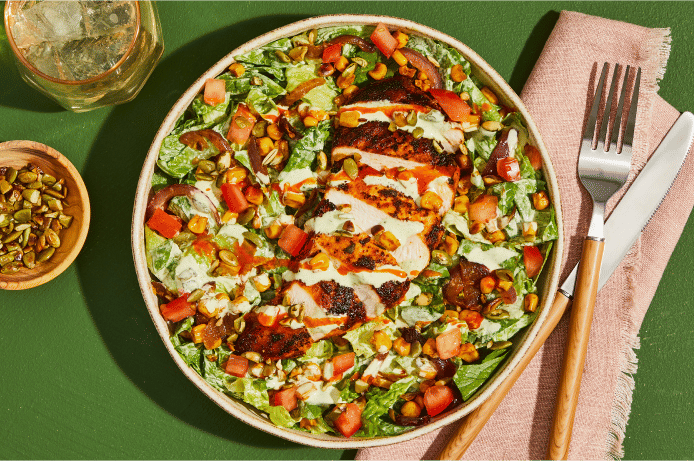
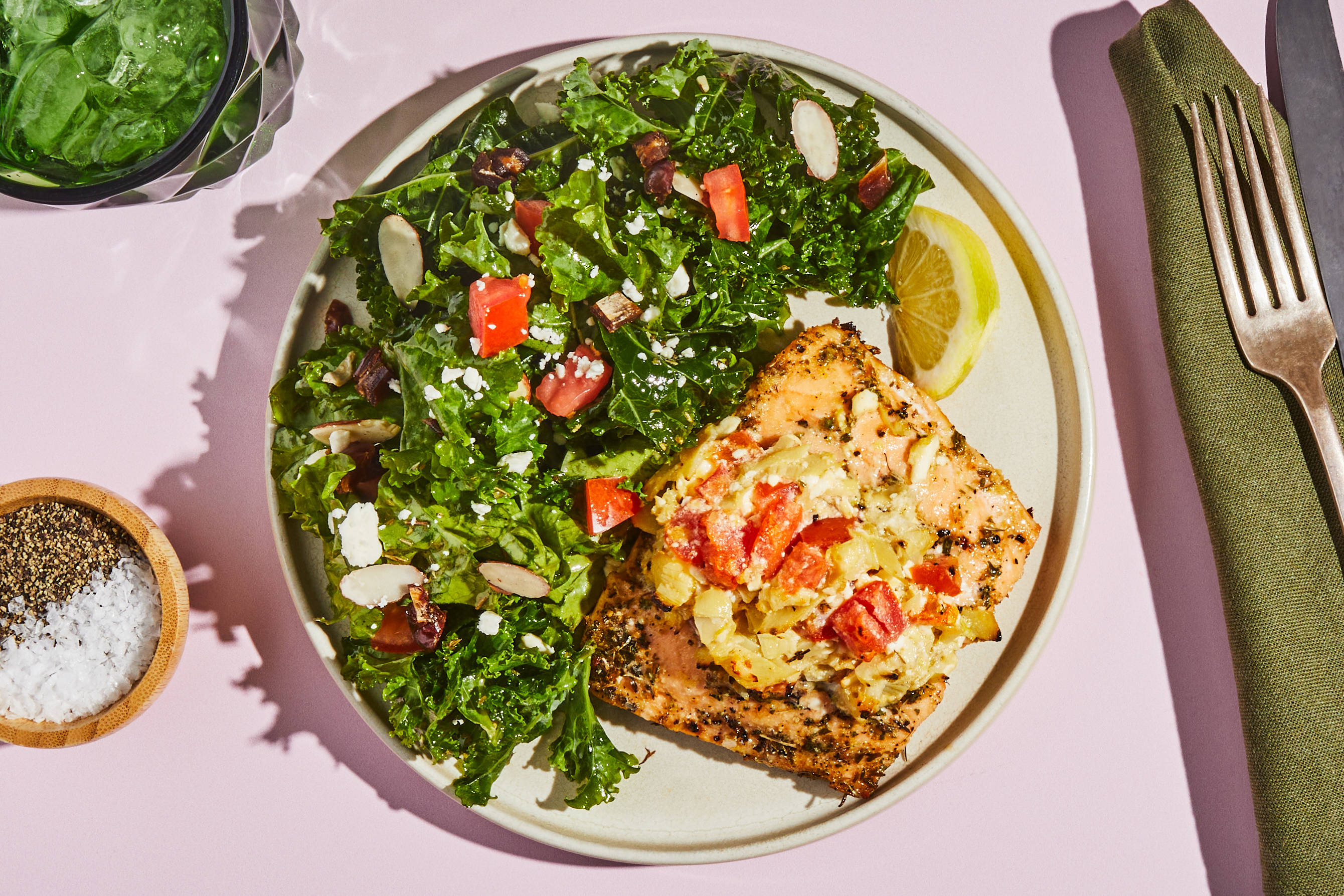
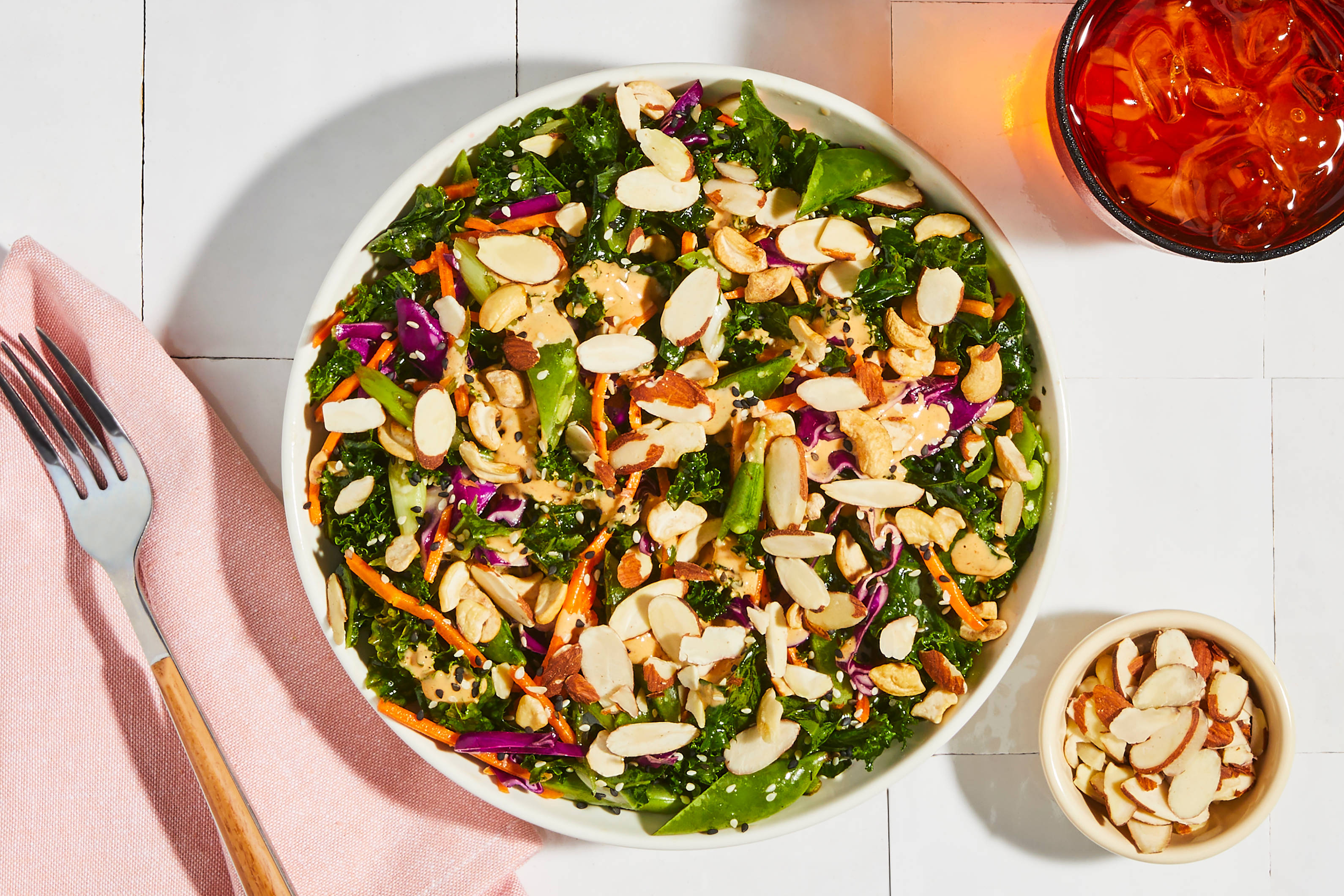
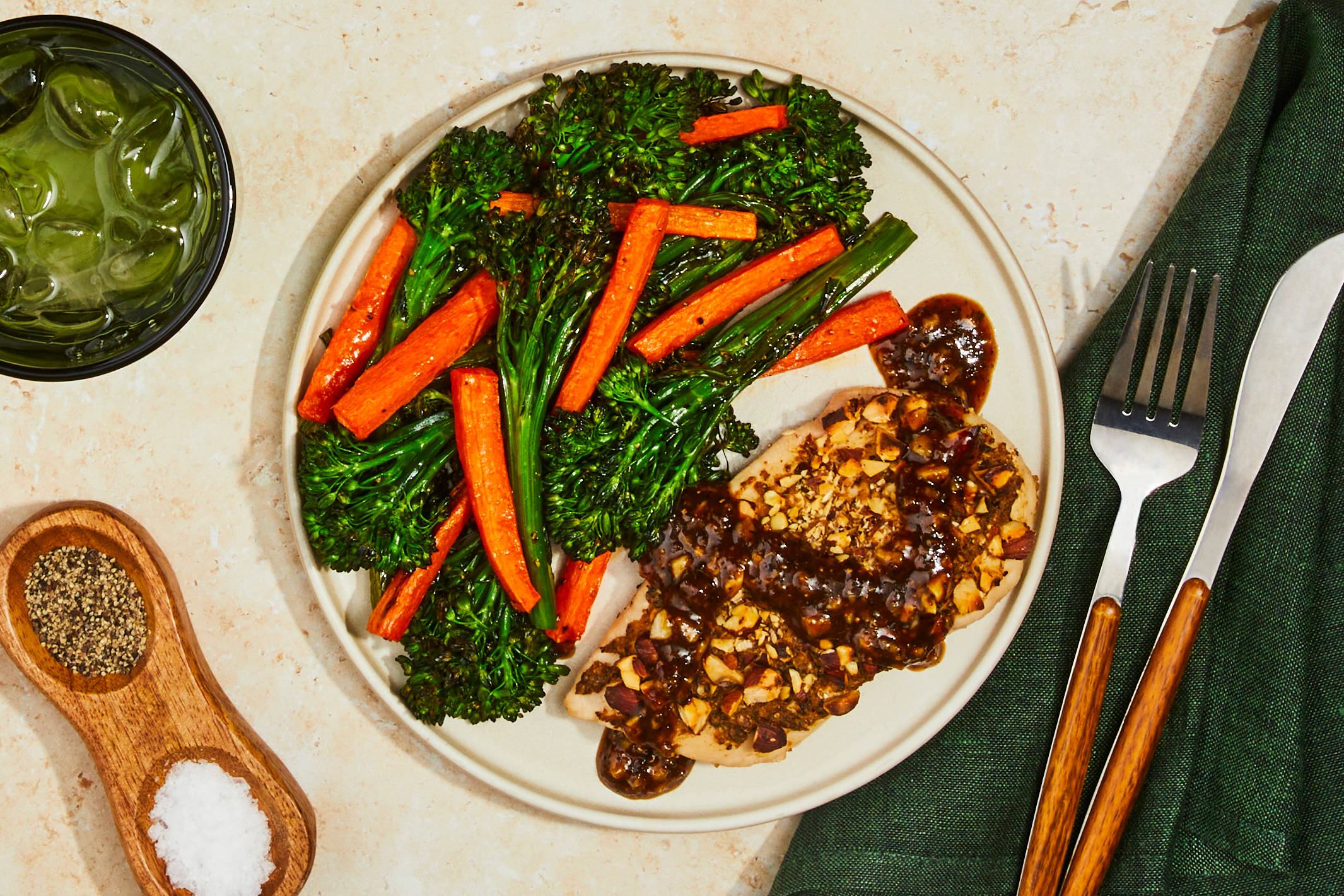
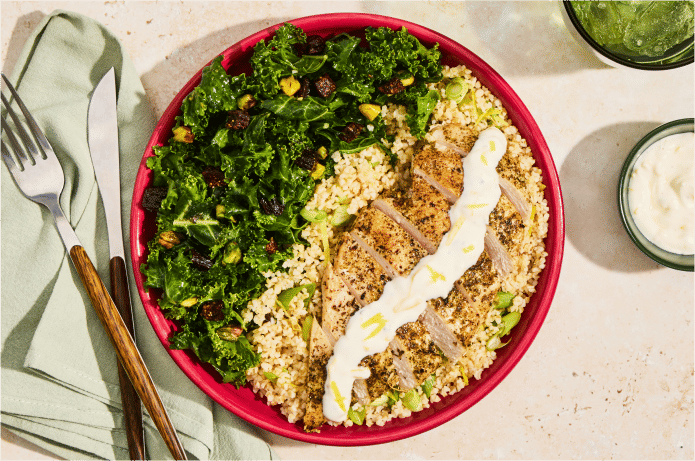
45 grams or less of total carbohydrates.
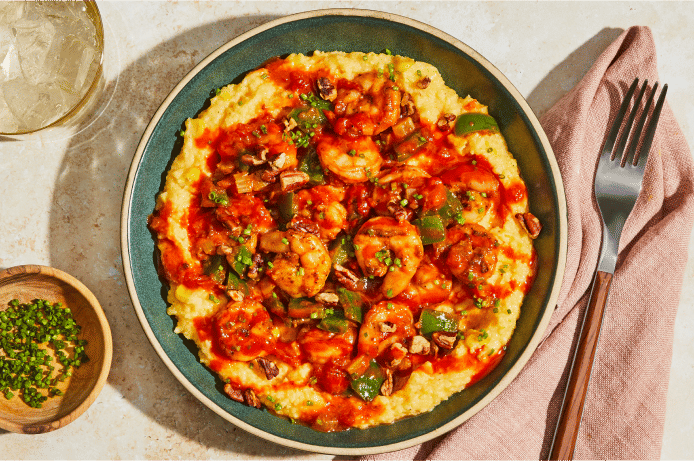
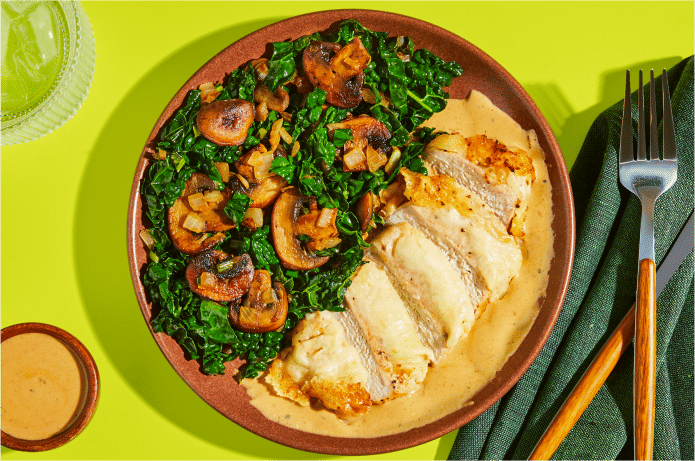

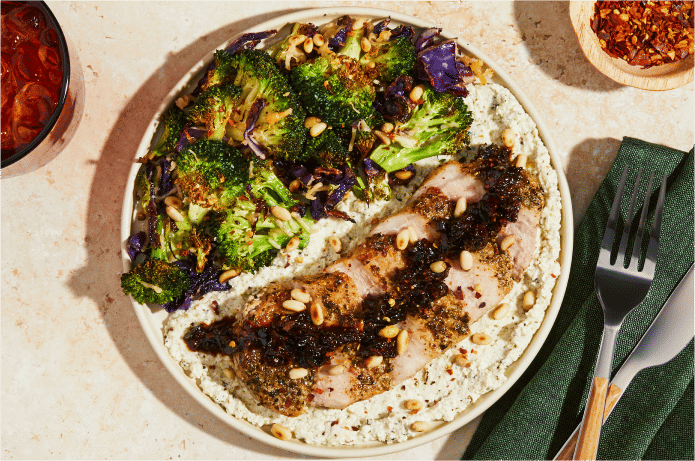
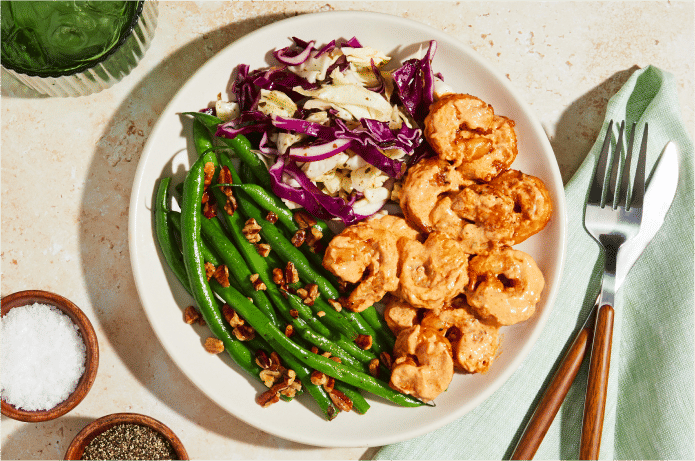
WHAT ARE NET CARBS?
Net carbs = total carbohydrates - grams of fiber
When following a keto diet, it’s important to calculate your daily net carb intake.


REFERENCES
¹ Low Carbohydrate Dietary Approaches for People With Type 2 Diabetes—A Narrative Review https://www.ncbi.nlm.nih.gov/pmc/articles/PMC8319397/.
² Carbone, C.W., Pasiakos S.M. (2019). Dietary Protein and Muscle Mass: Translating Science to Application and Health Benefit. Nutrients, 11(5), 1136. https://doi.org/10.3390/nu11051136.
³ Stokes, T., Hector, A.J., Morton, R.W., McGlory, C., Phillips, S.M. (2018). Recent Perspectives Regarding the Role of Dietary Protein for the Promotion of Muscle Hypertrophy with Resistance Exercise Training. Nutrients, 10(2), 180. https://doi.org/10.3390/nu10020180.
4 Quagliania, D., Felt-Gunderson, P. (2017). Closing America’s Fiber Intake Gap. American Journal of Lifestyle Medicine, 11(1), 80-85. https://www.ncbi.nlm.nih.gov/pmc/articles/PMC6124841/.
5 Peregrin, T. (2013). The Inside Tract: What RDs Need to Know about the Gut Microbiome. Journal of Academy of Nutrition and Dietetics, 113(8), 1021-1023. https://www.jandonline.org/article/S2212-2672(13)00643-6/.